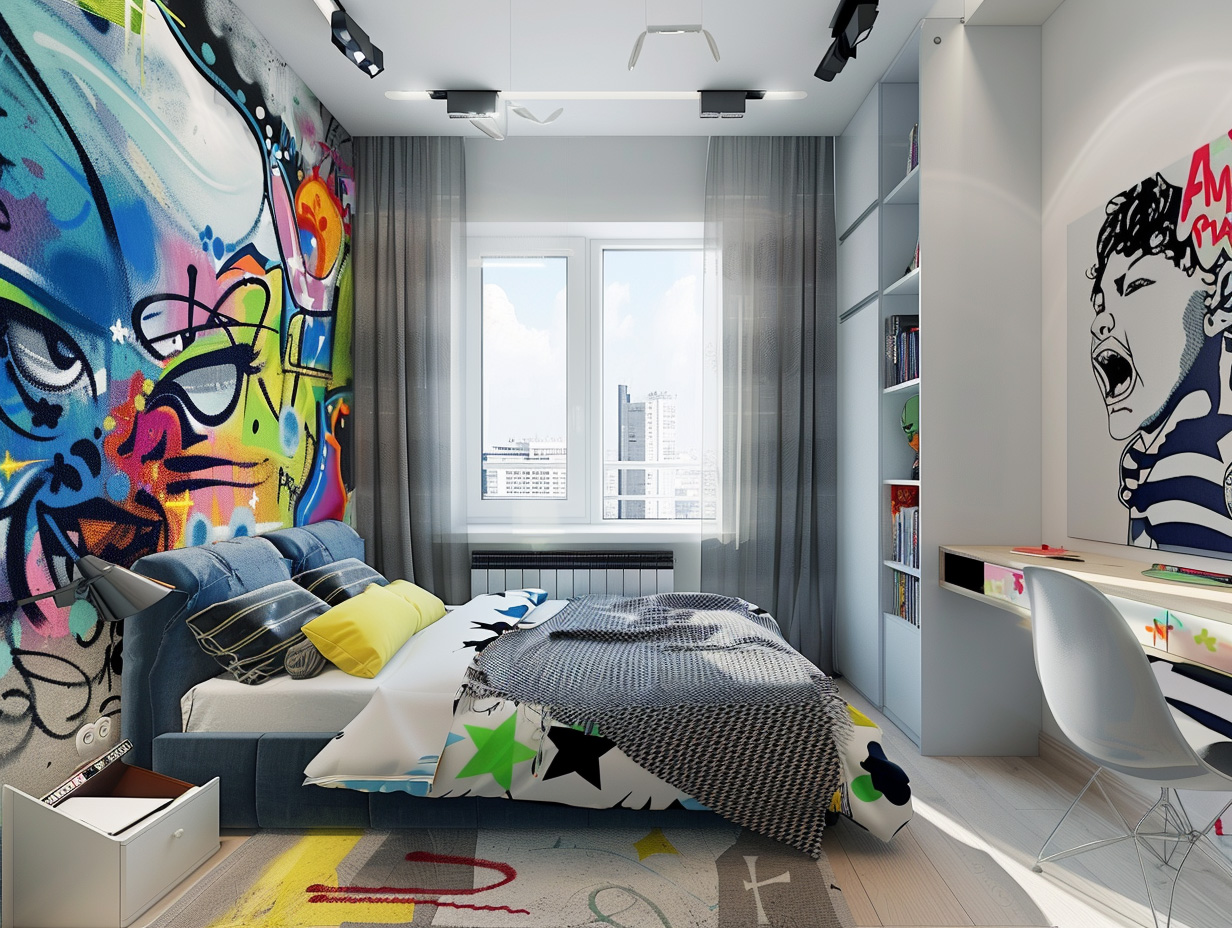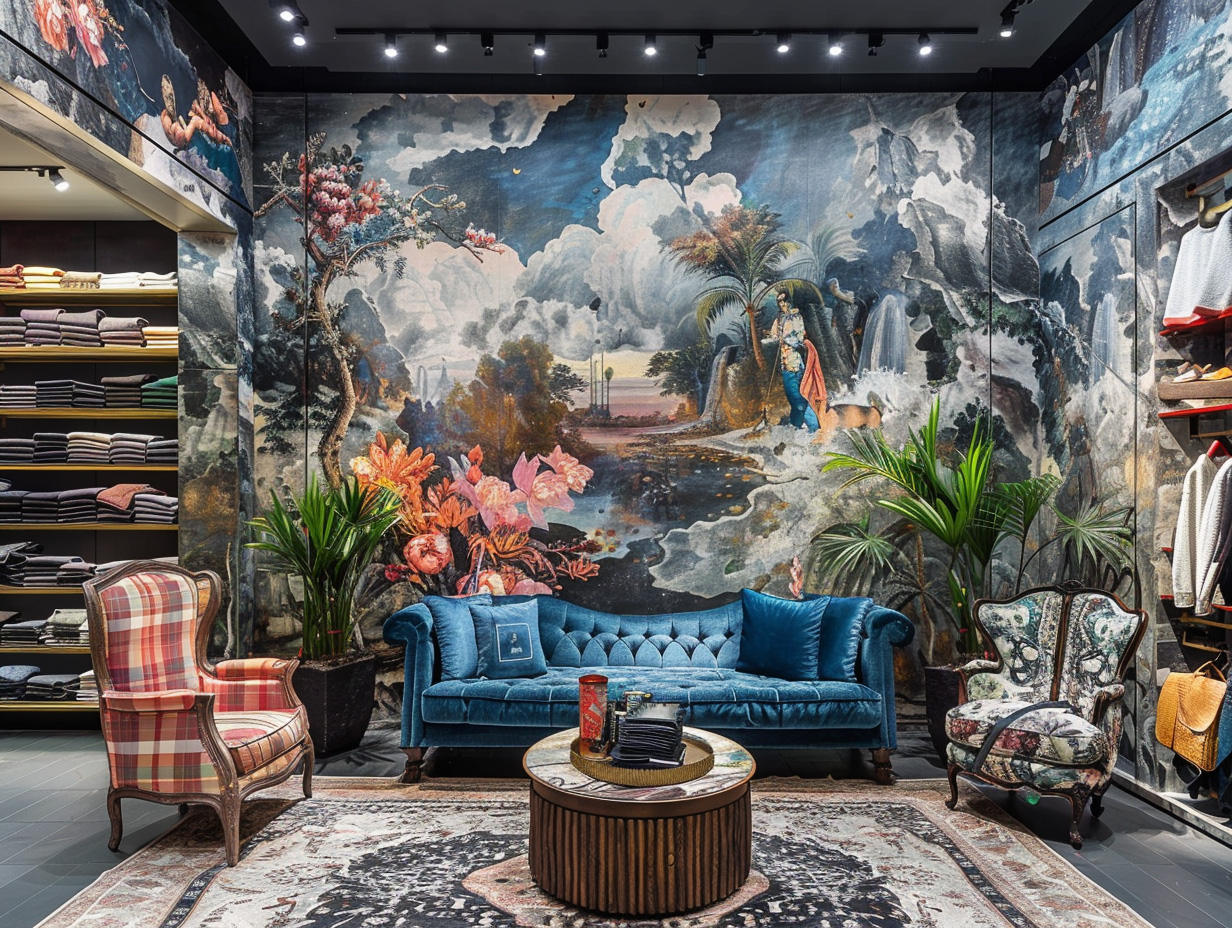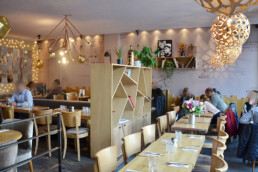Indoor graffiti art, where concrete walls transform into vibrant canvases that tell stories of urban creativity, there exists a hidden element that often goes unnoticed but plays a pivotal role in elevating these masterpieces to new heights: lighting. Imagine stepping into a dimly lit room adorned with intricate graffiti murals; the colors appear muted, the details obscure, and the overall ambiance lacking that wow factor. Now, picture the same space bathed in strategic, artistic illumination – every stroke, every hue, every message coming to life under the play of light and shadow. Graffiti art lighting isn’t merely about brightening up a space; it’s a delicate dance between form and function, a choreography of lumens and shadows that can make or break the impact of the artwork. From accentuating the finer nuances of a mural to creating a dynamic interplay between the art and its surroundings, the right lighting sets the stage for a symphony of visual delight. Join us as we delve into the fascinating realm where decor lighting tips meet artistic ingenuity, exploring how ambient lighting can transform indoor graffiti art from mere visuals to immersive experiences that captivate the senses.
 The Importance of Lighting in Indoor Graffiti Art
The Importance of Lighting in Indoor Graffiti Art
When it comes to indoor graffiti art, lighting plays a crucial role in enhancing the visibility and impact of these vibrant creations. The right lighting techniques can bring out the true essence of the artwork, making it more captivating and immersive for viewers. In this section, we will explore why lighting is so important in indoor graffiti art and how it can elevate the overall experience.
Proper lighting not only illuminates the artwork but also creates a specific ambiance that complements the theme and style of the graffiti. It helps to set the mood and draws attention to the intricate details, colors, and textures used by the artist. Without adequate lighting, even the most stunning murals can appear dull and unimpressive.
One of the key reasons why lighting is essential in indoor graffiti art is its ability to enhance visibility. By strategically placing lights around the artwork, shadows are minimized, ensuring that every stroke and detail is clearly visible. This allows viewers to fully appreciate the artist’s skill and creativity.
Types of Lighting Techniques for Graffiti Art Display
There are various lighting techniques that can be employed to showcase indoor graffiti art effectively. Each technique has its own unique characteristics that contribute to enhancing different aspects of the artwork.
Ambient Lighting: This technique involves using general illumination throughout a space to create an overall glow. It provides a soft, diffused light that evenly spreads across the entire area where graffiti art is displayed. Ambient lighting helps create a warm and inviting atmosphere while highlighting the overall composition of the artwork.
Spotlighting: Spotlights are often used to draw attention to specific areas or focal points within a mural. By directing focused beams of light onto certain elements or details, spotlights help accentuate their importance or create dramatic effects.
Backlighting: Backlighting involves placing lights behind the artwork to create a halo effect or silhouette. This technique adds depth and dimension to the mural, making it visually striking and captivating.
 Impact of Natural Light vs Artificial Light on Graffiti Art
Impact of Natural Light vs Artificial Light on Graffiti Art
When it comes to lighting indoor graffiti art, both natural light and artificial light have their own advantages and considerations.
Natural Light: Natural light can create a unique and dynamic visual experience for indoor graffiti art. The changing intensity and direction of sunlight throughout the day can cast different shadows and highlight various aspects of the artwork. However, relying solely on natural light can be challenging as it is not always consistent or controllable.
Artificial Light: Artificial lighting offers more control over the illumination of indoor graffiti art. It allows artists or curators to create specific lighting effects that enhance the colors, textures, and details of the artwork. Additionally, artificial light can be adjusted according to the time of day or desired ambiance.
Enhancing Color Vibrancy through Proper Illumination
Color is an essential element in graffiti art, and proper illumination plays a crucial role in enhancing its vibrancy. By using the right lighting techniques, artists can bring out the true richness and depth of colors used in their murals.
For example, warm-toned lights such as incandescent bulbs can intensify reds, oranges, and yellows while cooler-toned lights like LED bulbs can enhance blues, greens, and purples. By understanding how different lighting temperatures interact with colors, artists can create visually stunning effects that captivate viewers.
Overcoming Challenges: Lighting Considerations for Indoor Murals
Illuminating indoor graffiti art comes with its own set of challenges that need to be addressed to ensure optimal visibility and impact.
One common challenge is the presence of reflective surfaces, such as glass or glossy paint, which can cause unwanted glare. To overcome this, anti-glare coatings or matte finishes can be applied to these surfaces to minimize reflections and create a more immersive viewing experience.
Another consideration is the placement of light fixtures. The positioning of lights should be carefully planned to avoid casting shadows on the artwork or creating uneven lighting. It’s important to strike a balance between illuminating the mural and maintaining a visually pleasing environment.
 Conclusion: Illuminating the Intersection of Art and Light in Indoor Graffiti
Conclusion: Illuminating the Intersection of Art and Light in Indoor Graffiti
In conclusion, lighting plays a vital role in enhancing indoor graffiti art. It not only improves visibility but also adds depth, dimension, and ambiance to the artwork. By employing various lighting techniques and considering factors such as natural vs artificial light and color enhancement, artists can create immersive experiences that captivate viewers.
Whether it’s through ambient lighting, spotlighting, backlighting, or overcoming challenges like glare and shadowing, proper illumination elevates indoor graffiti art from mere visuals to captivating masterpieces that leave a lasting impression on all who encounter them.
Related Posts
31 mars 2024
What Role Does Graffiti Play in the Thematic Design of Dubai’s Nightclubs?
Picture the futuristic skyline of Dubai…
17 mai 2023
Elevating food courts: the impact of art murals in Dubai
In Dubai's competitive food court…
17 mai 2023
Enhancing Dining Experiences: The Art of Wall Decoration in Dubai
In a highly competitive restaurant…


